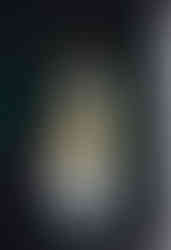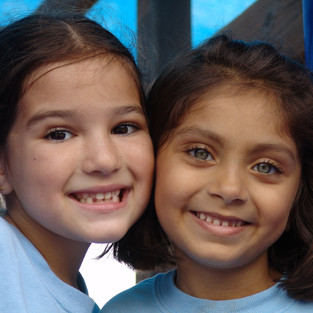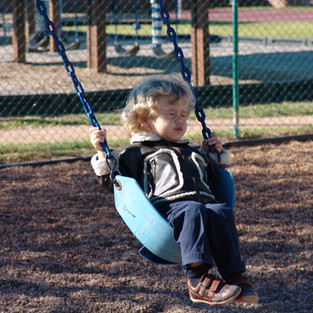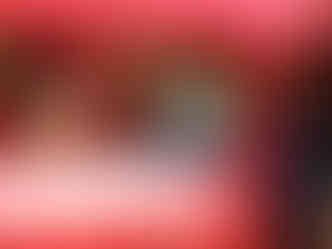Visual Storytelling
- Jenny Waldo
- Nov 26, 2016
- 3 min read
Updated: Nov 16, 2022
Making movies is telling a story through pictures, performances, words, and sounds. I began this journey into movie-making through visuals first when my father taught me how to develop photographs when I was in 1st grade. No, before that, I started ballet like many pre-schoolers and started learning about physical movement and performance timed to sound. Eventually, I began writing and falling in love with the written word. I would rewrite and rewrite letters to pen-pals until they were perfectly worded and that the words fell on the page in a visually interesting/impactful way. I began taking piano lessons.
But learning all these techniques does not give you story. For story you have to live. You have to understand, or at least seek understanding. You have to engage in relationships and the world around you, expand what you know and try to look through another’s eyes…It’s a never-ending quest to find story, to write story, to tell story because you are constantly learning and experiencing and framing…
Add to all that the variables of performance, location, crew, equipment, luck, and making movies becomes a miraculous feat when one is completed. A study in controlled chaos. You have to tell a story using the visuals you capture, supported by the sounds you captured and/or design.
So here is a story of how I started discovering my eye.
I started developing photographs when I was 6 years old. My father’s grandfather taught my father how to develop black and white photographs and my father had an enlarger in our laundry room. He thought it would be “neat” (a favorite word of his) to do some experimental photographs for my 1st grade science project.
Two ideas emerged: trying to capture a water droplet and a shattering lightbulb. My dad rigged a circuit using wire and aluminum foil to the camera’s flash. When the drop of water hit the aluminum foil, it would close the circuit, setting the flash off. With an open shutter on the camera, the moment the flash went off, the image would be immortalized.
The shattering lightbulb operated on the same circuit trick but the question was how to shatter the glass. My dad opted for hitting the lightbulb with a hammer. BUT in order to use the flash circuit and an open shutter, we had to take the picture in pitch dark. So there’s my dad, with a hammer, in the absolute darkness, slamming in the direction of a lightbulb while I stand behind the tripod with the shutter trigger. A few times the lightbulb flew out under the hammer and hit me in the legs, flash exploding as the circuit closed.
I survived unscathed, though thinking about it today makes me question a lot of things…
From then on, though, I was hooked. Taking images became a passion, an obsession at times. Everywhere I looked, I imagined what the photograph would be. Sometimes I felt so pained by experiencing an event or an image if I couldn’t capture it.
Below are some galleries of photos I took…In my black and whites especially you will see my chronic interest in high-contrast images. I liked to push the contrast until the photo started looking like a pencil sketch. I loved that dark red piece of glass I would put in between the negative and the paper.
In 1995, I interned at the Montgomery Journal as both a writer and photographer. I had more photographs published than stories. In the last four years, I've been photographing children in schools for fundraising items. I imagine that photographing people, especially children, is akin to wildlife photography. You sit and wait for your moment. You make yourself small and still so that the object of your camera's eye forgets that you are there and returns to their natural state of being. I may not have gone on to photograph for National Geographic, but I have made my own safaris...
Here's a series I did for Westside Montessori School.
And a few that capture my heart...
















































































































Comments